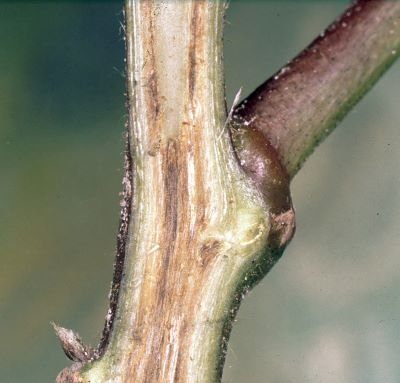Prices (old crop March 2024 futures) have finally broken to the upside and now stand within the previous 83 to 89 cents range we had for months prior to the most recent setback to mostly 74 to 82 cents. But, that old 83 to 89 cents range will now become a barrier. That’s the way markets work, and it may be a tough nut to crack. Note, for example, that price was down sharply on Jan. 26.
Read MoreVariety selection is one of the most important decisions a cotton producer will make. The variety and its associated traits set the stage for harvest at the time of planting. All other input decisions affect the performance of the variety selected. Since the introduction of transgenic cottons and the accompanying increases in seed costs and associated technology fees, variety selection has become increasingly important. Seed selection is the one decision that is not influenced by environmental factors. Therefore, choosing a high-yielding variety with acceptable fiber quality that is adapted to local growing conditions should be considered carefully because of the tremendous importance the decision plays for the entire season.
Read MoreThe U.S. Cotton Trust Protocol celebrated notable progress in 2023, with an increase in enrolled planted cotton acres – up 25% from the previous year. Since the program’s launch in 2020, grower enrollment has successively increased by 120%, further advancing the Trust Protocol’s commitment to meeting environmental goals while sourcing sustainable, American grown cotton.
Read MoreDr. David Fang, geneticist for USDA-ARS at the Cotton Fiber Bioscience Research Unit in New Orleans, is the 2023 Cotton Genetics Research Award recipient.
The announcement was made during the 2024 Beltwide Cotton Improvement Conference, which convened as part of the 2024 Beltwide Cotton Conferences in Fort Worth.
Read MoreThis month’s 2023/24 U.S. corn outlook is for greater production, larger food, seed, and industrial use (FSI), increased feed and residual use, and higher ending stocks. Corn production is estimated at a record 15.3 billion bushels, up 108 million as an increase in yield to a record 177.3 bushels per acre is partly offset by a 0.6-million acre decline in harvested area.
Read MoreStealing a word from the Varner Boys, cotton trading began the New Year just as it ended the old one –“boring.” That is changing this marketing year. Don’t ask me how, why, or when. I do not know that yet. We will figure it out together.
Read MoreThe U.S. Cotton Trust Protocol today announced that growers can now enroll in the initiative and apply for the U.S. Climate Smart Cotton Program, presenting a transformative opportunity and offering a range of benefits that go beyond sustainability.
Read MoreHere we go again. Stepping out into the unknown. Sticking our necks out to kickstart the new year’s cotton acreage projection game once more.
In reality, Cotton Grower’s track record for acreage projection has been pretty good for the past several years. And, if nothing else, it gives the industry something to ponder and/or poke fun of until the more esteemed scientific surveys from the National Cotton Council and USDA are released in the coming months.
Read MorePrior to and throughout 2023, the National Cotton Council (NCC) focused on policy development for the 2023 farm bill.
Through the NCC’s Farm Policy Task Force, the industry segments came together to develop recommendations for the new bill. The NCC has actively conveyed to Congress and the administration its priorities for a meaningful farm bill with an effective safety net and comprehensive risk management tools.
Read MoreThis report also includes Marketing Year price projections for corn, cotton, rice and soybeans.
Read MoreAs of December 1, Louisiana upland cotton production is forecast at 210,000 bales, down 30,000 bales from the November 1 forecast and down 148,000 bales from last year. Yield is expected to average 877 pounds per harvested acre, down 125 pounds from last month and down 27 pounds from 2022. Harvested acreage is estimated at 115,000 acres, down 75,000 acres from 2022.
Read MoreThe U.S. Department of Agriculture (USDA) Commodity Credit Corporation today announced that the marketing assistance loan rate for 2024-crop base quality upland cotton is 52.00 cents per pound.
Read MoreDemand is growing for organic cotton in the U.S., but imports continue to pick up the slack of inadequate domestic production. A new project led by Texas A&M AgriLife Research aims to turn the situation around by identifying the challenges to and opportunities for U.S. organic cotton growers.
Read MoreCotton farmers worldwide have long witnessed Fusarium wilt strip leaves from their crops, leaving plants with bare stems withering away in the fields.
Scientists from Clemson University and Australia are collaborating to create Fusarium-resistant germplasm for use in United States and Australian cotton breeding programs.
Read MoreEnrollment for the e3® Sustainable Cotton program is now open. From seed to bale, the e3 Sustainable Cotton program by BASF provides an entirely traceable and transparent sustainable cotton supply chain — all stewarded by Stoneville and FiberMax cotton growers in the U.S.
Read More














